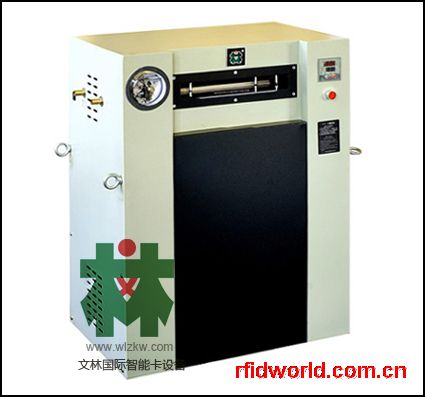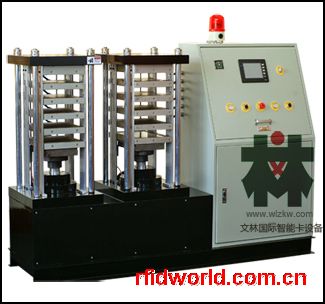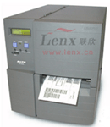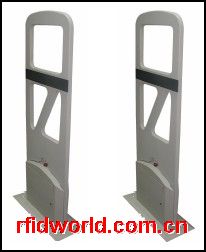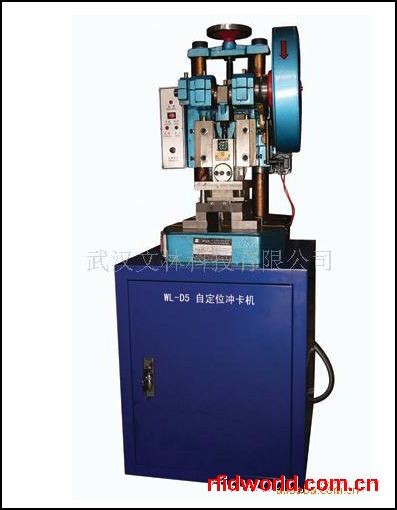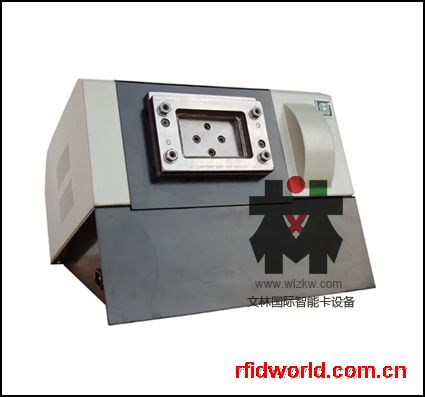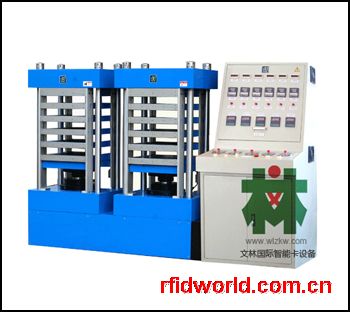Branding Alaskan Goods With RFID
I mentioned I was a professor of seafood logistics, involved in a continuous study of Alaskan seafood species along the various supply chains linking retail markets, like his. The manager, being most gracious, could only come up with one word: "Busted." It seems the flounder came from warmer waters on the East Coast. I ordered the East Coast oysters and left the expensive flounder for another day, another restaurant.
There is no doubt the Alaskan seafood brand sells, even when the product is counterfeit and not from Alaskan waters. Can RFID help fix this dilemma? Yes, it can.
The Alaskan seafood industry is being impacted by global market forces, the competitive advantage of farm-raised salmon and ever-present counterfeit restaurant menu items featuring Alaskan seafood not imported from Alaska. Competitors from Chile are considering developing a processing or packaging plant at Miami International Airport, a major gateway for airliners to other parts of America and Europe—and, of course, for their farm-raised salmon.
As in any competitive market situation, cost drives the process, with efficiency the key to cost containment. Transportation expenses are a significant component of producing and delivering fresh fish. Because airfreight costs for Alaskan processors moving fish to domestic markets are often as much as double those of foreign producers, air transportation improvements in Alaska warrant immediate study and analysis for the best, most feasible decision. Business changes and technology changes with RFID can help the Alaska brand.
What the UAA is Doing
The University of Alaska Anchorage (UAA) is researching ways of using RFID technology to give Alaskan businesses an economic edge over competition and make Alaskan products more competitive in the global marketplace. In one study, the UAA's logistics department placed small active (battery-powered) RFID tags into 50-pound wet-lock boxes—insulated shipping containers—filled with fresh salmon from such Alaskan locations as Sitka and Bristol Bay. These RFID tags monitored and recorded the interior temperature of the box every 30 minutes. They followed the supply chain from the point the fish were placed into the boxes, through movement and storage on trucks and in chill rooms, handling, air cargo holding areas, more trucks and chill rooms, and finally the hands of waiting retailers in Chicago or Seattle.
At the end of the journey, the retailers took the tags back out of the boxes and flew them back to the UAA, where they were read by interrogators, and their data placed alongside the transportation data.
The results showed that some carriers really did have these boxes chilled to the proper temperature necessary to provide customers a fresh product. However, some boxes had higher temperatures than expected en route. Was it the airlines, the trucks or the handling in between trucks that showed the most increase in temperature?
There were some hot spots. In one case, in fact, it was so hot the entire load of fish disappeared, along with the RFID tags. Neither was ever heard from again. I guess someone found out we were tracking his or her movements.
The UAA logistics department, working with Nano Logistics LLC and Chenega Corp., is currently researching a wide range of product and inventory control applications using RFID tags. Students taking a course in RFID develop real-world solutions for an Alaskan company or the military. Anchorage's own Matanuska Maid Dairy has helped the university test the use of RFID on its milk delivery systems. The U.S. Army is examining how to improve its labor-intensive property book system, which the military uses to inventory and track. Sea cargo, as well as rail and trucking firms, are working with the UAA to better understand how to integrate their cargo-handling operations. The seafood industry is asking the university to examine how RFID can help ensure seafood quality and safety in light of post-9/11 security concerns, while still providing the best-quality seafood to customers outside Alaska.
There is a new world economy and a new world technology structure emerging. The University of Alaska Anchorage's logistics department is at the center of exploring that definition, through the lens of RFID sensor technology and economic modeling and theory, to strive toward a balance in understanding—and, of course, toward making money for Alaskan businesses.
original Link: http://www.rfidjournal.com/article/articleview/2001/1/128/


 登录
登录
 注册
注册



